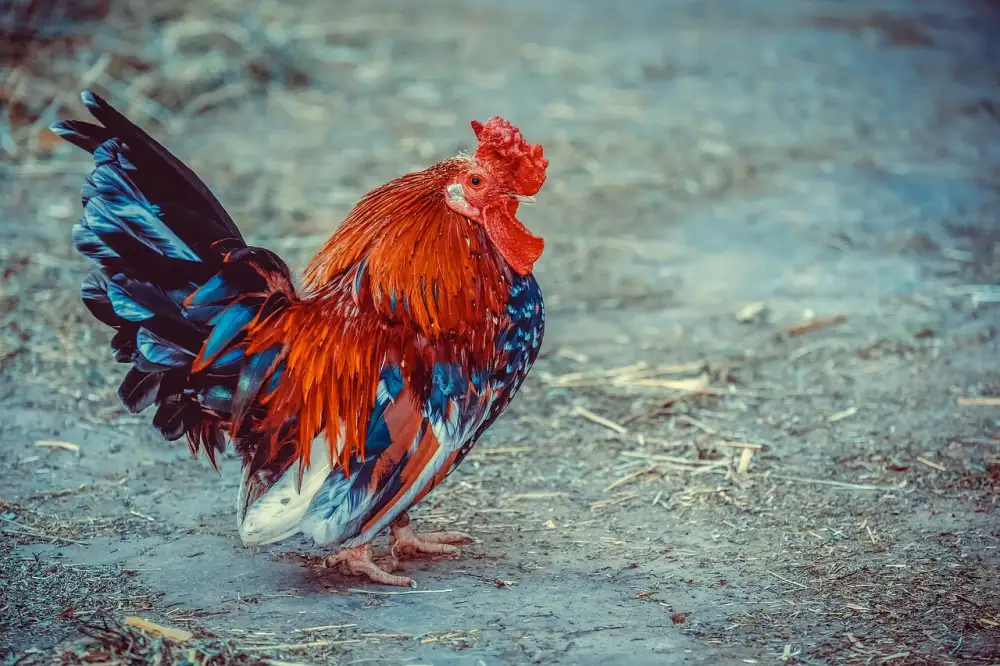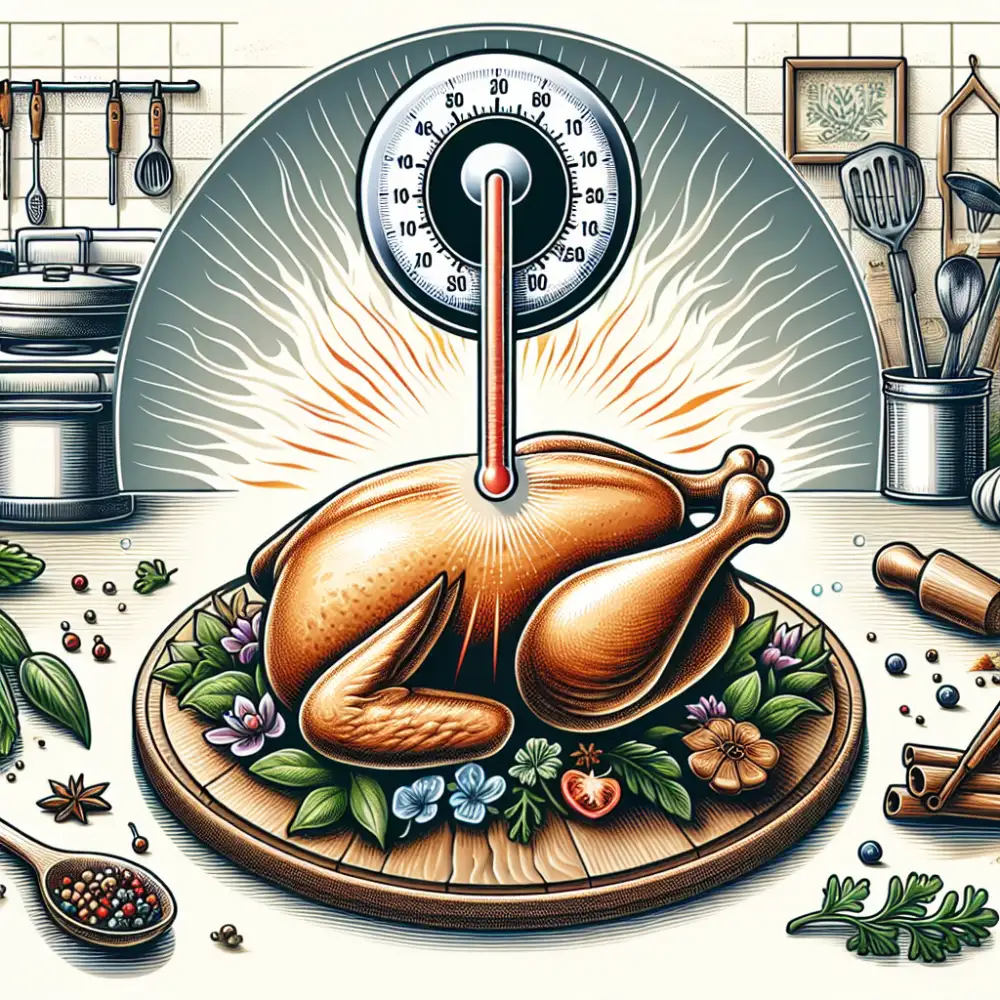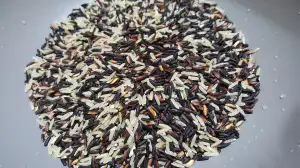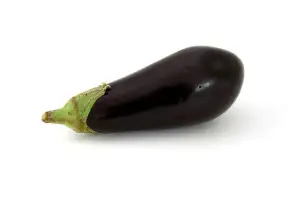Chicken Done Temp: Your Key to Safe and Delicious Meals

Chicken Done Right
Chicken, oh chicken! It’s a blank canvas for culinary creativity, but also a potential breeding ground for bacteria if not handled properly. We all want juicy, flavorful chicken without the worry of foodborne illness. The key to achieving "Chicken Done Right" is understanding safe internal temperatures. Using a food thermometer is the only reliable way to ensure your chicken is cooked to a safe temperature. Forget those old-school methods like poking or checking the color; they just won't cut it when it comes to safety.
Aim for an internal temperature of 165°F (74°C) in the thickest part of the chicken breast or thigh. Make sure to check the temperature in multiple spots, avoiding contact with bone. Once your chicken hits that magic number, remove it from the heat and let it rest for a few minutes. This allows the juices to redistribute, resulting in a more tender and flavorful bird.
Remember, cooking chicken to the right temperature is about more than just taste and texture; it's about protecting yourself and your loved ones from foodborne illnesses. So, ditch the guesswork, grab your thermometer, and cook that chicken right!
The Magic Number: 165°F
165°F is the magic number you need to remember when cooking chicken. This temperature, measured with a food thermometer at the thickest part of the meat, ensures that any harmful bacteria, such as Salmonella, are killed, making your chicken safe to eat. Don't rely on color alone to determine doneness, as chicken can sometimes appear cooked through before reaching this critical internal temperature. Using a food thermometer is the only reliable way to ensure your chicken is both safe and juicy.
Taking Its Temperature
Taking its temperature is the most reliable way to know when your chicken is safely cooked. Forget about relying on color alone – a chicken can be cooked through and still have some pink inside, or appear done on the outside but remain raw at the bone. The magic number you need to remember is 165°F (74°C). This is the safe internal temperature that kills off any harmful bacteria like Salmonella.
To check the temperature, use a food thermometer. Insert it into the thickest part of the meat, avoiding bones and gristle. For a whole chicken, check the temperature in the inner thigh area near the breast. For chicken breasts, aim for the thickest part. Chicken thighs and legs, being darker meat, can handle a slightly higher temperature and are typically juicier when cooked to 175°F (80°C).
Once your chicken reaches the safe internal temperature, remove it from the heat source and let it rest for a few minutes. This allows the juices to redistribute, resulting in a more flavorful and tender bird. Remember, cooking chicken thoroughly is crucial for preventing foodborne illnesses. So, grab your thermometer and cook with confidence!

| Poultry Part | Safe Internal Temperature (°F) |
|---|---|
| Whole Chicken | 165°F |
| Chicken Breast | 165°F |
| Chicken Thigh | 165°F |
| Chicken Leg | 165°F |
| Chicken Wings | 165°F |
| Ground Chicken | 165°F |
Don't Overcook!
When it comes to cooking chicken, safety and deliciousness go hand in hand. The key to achieving both is understanding the importance of internal temperature. Overcooked chicken is dry, tough, and frankly, unappetizing. But more importantly, undercooked chicken can harbor harmful bacteria that can cause foodborne illness. To ensure your chicken is cooked to perfection and safe to eat, you need to know the magic number: 165 degrees Fahrenheit (74 degrees Celsius). This is the safe internal temperature that eliminates any risk of salmonella or other bacteria.
Don't rely on visual cues alone, such as the color of the meat or juices. While these can be helpful indicators, they are not foolproof. Invest in a reliable meat thermometer and insert it into the thickest part of the chicken, avoiding bones. Once the internal temperature reaches 165 degrees Fahrenheit (74 degrees Celsius), your chicken is ready to be enjoyed. Remember, allowing your chicken to rest for a few minutes after cooking allows the juices to redistribute, resulting in a more tender and flavorful meal. So, ditch the guesswork, embrace the accuracy of a meat thermometer, and savor the deliciousness of perfectly cooked, safe chicken every time.
Rest, Then Enjoy!
Once your chicken reaches that glorious 165°F (74°C) mark, don't rush to carve it! Let it rest. This isn't just about patience; it's about juicy, flavorful chicken. When cooking, muscle fibers in the chicken tighten and squeeze out moisture. Resting allows these fibers to relax, reabsorbing those delicious juices. Aim for 5-10 minutes for smaller cuts like breasts and up to 20 minutes for a whole bird. This ensures every bite is tender and bursting with flavor. Remember, a little patience goes a long way in the kitchen, especially when delicious, safe chicken is at stake!
Published: 22. 06. 2024
Category: Recipes



